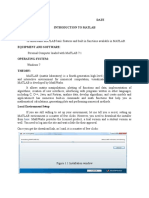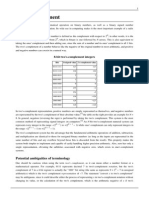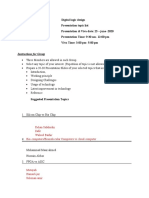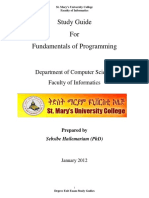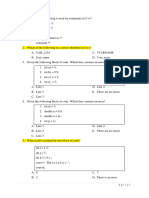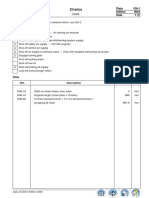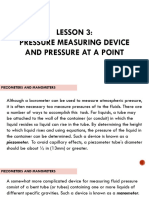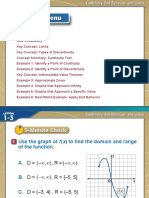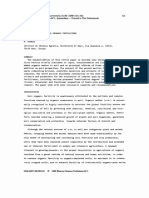0% found this document useful (0 votes)
209 views10 pagesDigital Systems Overview for ECE Students
This document introduces digital systems and provides an overview by comparing them to analog systems. It defines digital quantities as having discrete values that can serve as inputs for digital systems, represented graphically as square waves. Digital systems are then introduced as taking discrete inputs and outputs and processing discrete internal information. The key differences between digital and analog systems are outlined, with digital systems using discrete signals and square waves, being easier to process and transmit reliably, and suited for applications like computing and digital electronics.
Uploaded by
fireworkCopyright
© © All Rights Reserved
We take content rights seriously. If you suspect this is your content, claim it here.
Available Formats
Download as PDF, TXT or read online on Scribd
0% found this document useful (0 votes)
209 views10 pagesDigital Systems Overview for ECE Students
This document introduces digital systems and provides an overview by comparing them to analog systems. It defines digital quantities as having discrete values that can serve as inputs for digital systems, represented graphically as square waves. Digital systems are then introduced as taking discrete inputs and outputs and processing discrete internal information. The key differences between digital and analog systems are outlined, with digital systems using discrete signals and square waves, being easier to process and transmit reliably, and suited for applications like computing and digital electronics.
Uploaded by
fireworkCopyright
© © All Rights Reserved
We take content rights seriously. If you suspect this is your content, claim it here.
Available Formats
Download as PDF, TXT or read online on Scribd
/ 10



